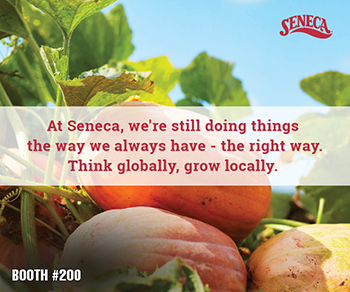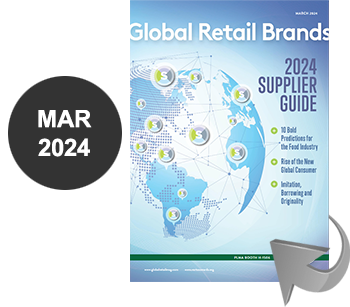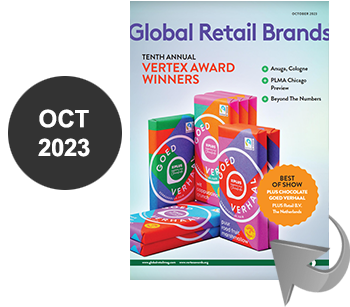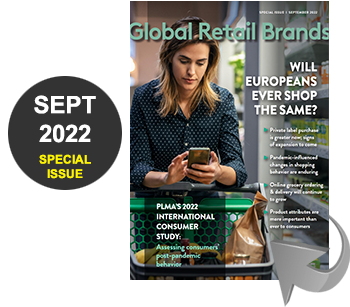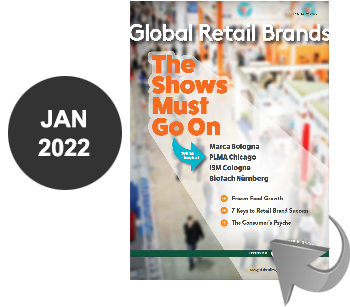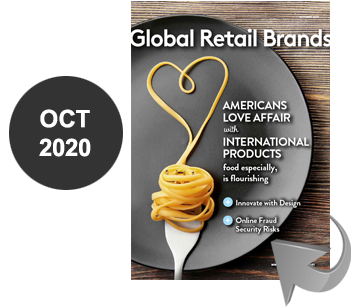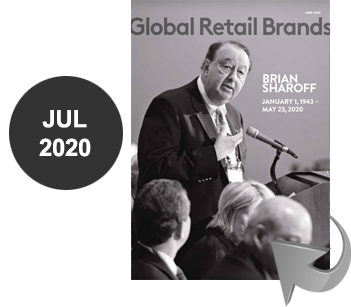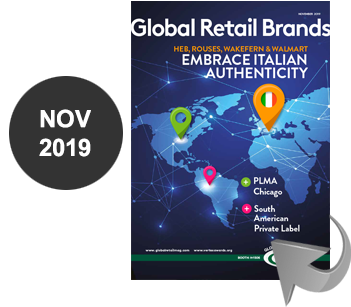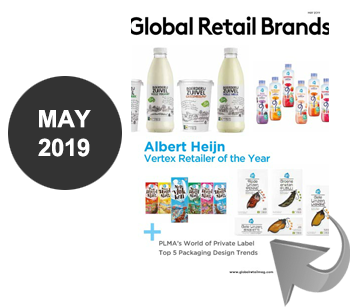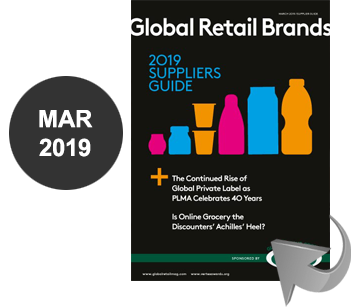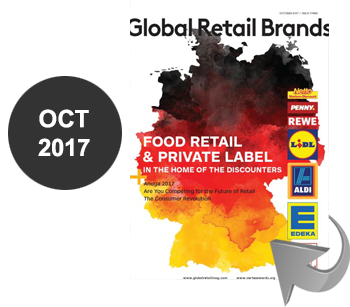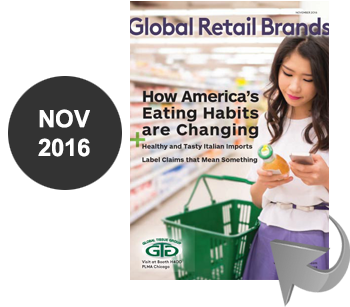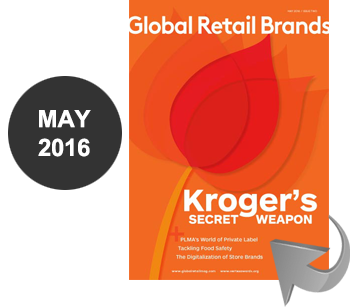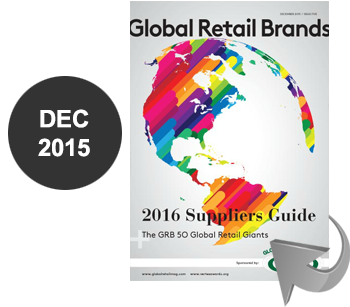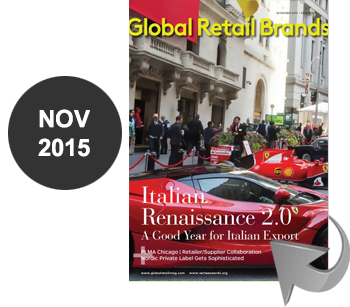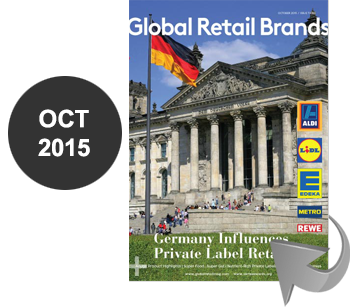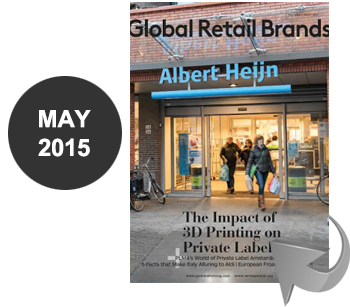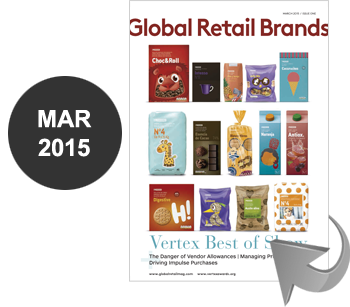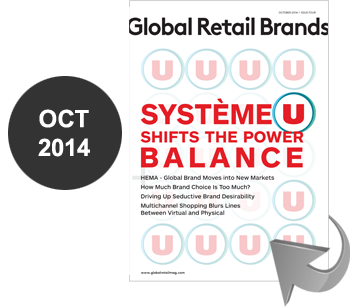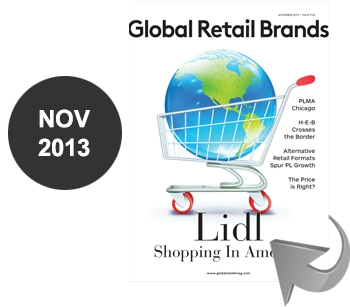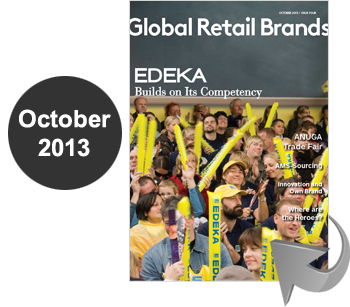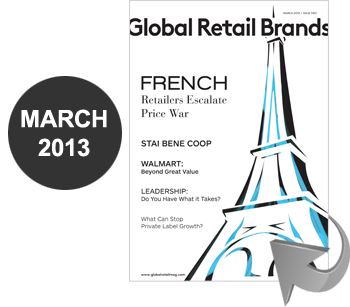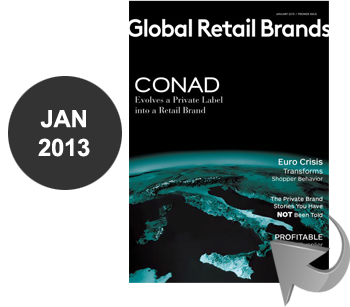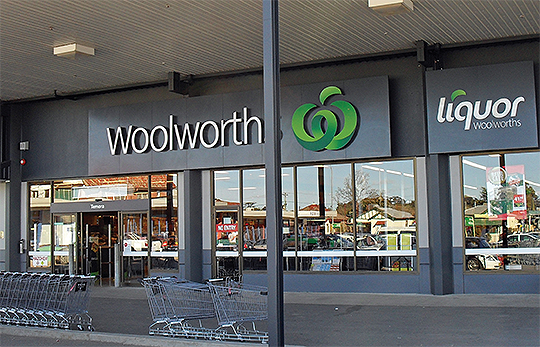
By Tom Prendergast, Research Director, PLMA
If you want to find countries where consumers love private label, retail sales and store brands sales are growing, and international retailers are flocking to set up shop, you need to turn your attention to Australia and New Zealand.
Australia, with a population of 22 million, the sixth largest land mass country in the world, and New Zealand, with four and a half million, have both become major players in private label and the retail world and the future looks bright.
While Australia has two of the world’s largest supermarket chains, Woolworth’s and Wesfarmers Ltd., the owner of Coles, it was only in the past 10-15 years private label began to become an integral part of their sales.
In the early 2000’s both countries’ store brand products, had more in common with the generic products of the 1970’s in the west than the modern interpretation of the industry. While labels like Franklin’s “No Frills” did well, for the most part, store brands were a weak sector of retailing and private label share remained stuck in the 10% range for years.
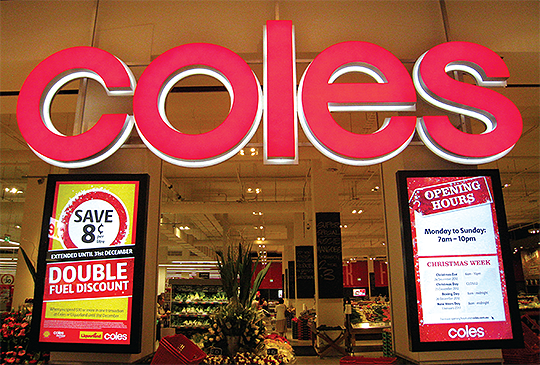
Aldi Changes the Landscape >>
All that began to change when Aldi opened its first store in Australia in 2001. Many thought Aldi’s focus on its private label products and discount strategy would not work with Australian consumers. Today Aldi has 340 stores throughout the continent and are opening about 25 new stores a year. It also just passed IGA to become Australia’s 3rd largest supermarket chain.
“Aldi has been largely responsible for driving this home brand trend and renewed focus from the other retailers in the Australian marketplace,” said Bill Trainor, the General Manager for PLMA Australia/New Zealand.
“Certainly the introduction of Aldi into the market in Australia drove positive consumer perception towards store brands, as they discovered that quality was on par with national brands, and regarded the private label offerings from Aldi as being ‘brands only available at Aldi.’” Trainor explained.
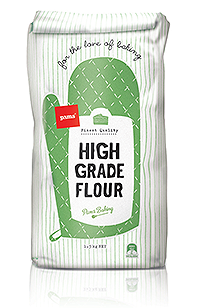 Local retailers also took notice. Soon Coles, the second largest supermarket chain in the country, rolled out its “You’ll Love Coles” and Smart Buy brands. Today in Coles 741 stores you can find their house labels Coles Organic, Coles Finest, Coles Green Choice, and Coles Simply Less.
Local retailers also took notice. Soon Coles, the second largest supermarket chain in the country, rolled out its “You’ll Love Coles” and Smart Buy brands. Today in Coles 741 stores you can find their house labels Coles Organic, Coles Finest, Coles Green Choice, and Coles Simply Less.
The continent’s largest supermarket chain, Woolworth’s, with over 870 stores, followed with its “Select,” line and today its brands include Homebrand, Gold, Macro, and Fresh. This March the company launched a new line of gluten-free products under the new “Free From” label.
The loyalty of Australian consumers for their local retailers also helped translate that faith to their store brands, as many other retailers around the world have discovered.
“Coles and Woolworths have both improved and increased their store programs in the last 2-3 years in particular,” Trainor said. “While Coles is promoting the overall ‘fresh’ and ‘quality’ position of their store brand, the fact their main private label brand is labeled ‘Coles’ has no doubt played a role in this brand’s growth.”
This effort by the major retailers to increase the selection and quality of their home brands was successful, especially in the minds of consumers. In a recent GFK study, 82% of Australian consumers said private label brands were equal to or better quality than the national brands. In addition predictions for the future were also grand with IBIS World seeing Australia with a 30% share of private label by 2016.
“It is expected that with the focus on quality, innovation and packaging improvement, this consumer perception of store brands as being bona fide brands that happen to be available as exclusive offerings by retailers will continue,” Trainor added.
The change to the industry has been remarkable. In just the past few years Australian private label value share has risen to 25% according to Nielsen. Meanwhile Coles home brand sales topped 22% while Woolworth’s was just below 20%.
While not as dramatic, the growth of store brands in New Zealand is apparent as well. According to Nielsen, New Zealand is not far behind Australia’s with 14% of sales and growing. The major retailers in New Zealand have seen what was happening across the Tasman Sea and found success with home brands as well. The story of New Zealand’s largest retailer, Foodstuffs, which controls 52% of the market, and their home brand Pam’s, is a prime example.
“Foodstuffs has a strong private label brand Pams (see Global Retail Brands, April 2014), which consists of over 2,500 products and is reportedly the largest selling brand sold in the New Zealand grocery market,” Trainor explained.
The other major retailer in New Zealand is Progressive Enterprises, which is owned by Australia’s Woolworth’s group. They have taken their store brand lines Select, Macro, Wholefoods and others into their New Zealand stores in hopes of having the same success the retailer has seen in its home market.

Global Recognition >>
The promise of the New Zealand and Australian markets has not been lost on other retailers around the world. Companies like Costco began to set up shop and have expanded. Aldi continues to grow and open more stores. International chain stores like Seven & I, Staples, Ikea, Otto, and Lowe’s among others have found a foothold in the market. Other retailers like Amazon, Williams-Sonoma, Fast Retailing from Japan, and Abercrombie and Fitch all plan to enter the market or have just arrived. Other companies like Walmart always seem to have rumors circulating about their interest in opening stores in Oceania as well.
There are many reasons why Australia and its island neighbor are so appealing to retailers.
Their retail growth is about 2.9%, which is higher than it has been in North America and Europe. The rules to establish stores are acceptable and they have consumers who are seeking more overseas products. The population of both countries has more than doubled in the past 50 years as well and many retailers see Australia and New Zealand as a possible springboard to the lucrative Asian market.
If international retailers follow the same strategies they have used to establish their brand name when they move into other new markets, store brands will be a part of that plan. Australian consumers have shown a demand for foreign brands, one of the many factors attracting international retailers, in hopes their brands will be seen as something new and desirable. This could mean even more growth for private label as international store brands arrive in both markets.
“It is yet to be determined what this level of private label penetration is going to be, however. With Aldi expanding its footprint from just being east coast based, and the introduction of Costco, it is expected the focus across all retailers on private label growth will remain a critical part of their differentiation strategy,” PLMA’s Australian/New Zealand representative Trainor said.
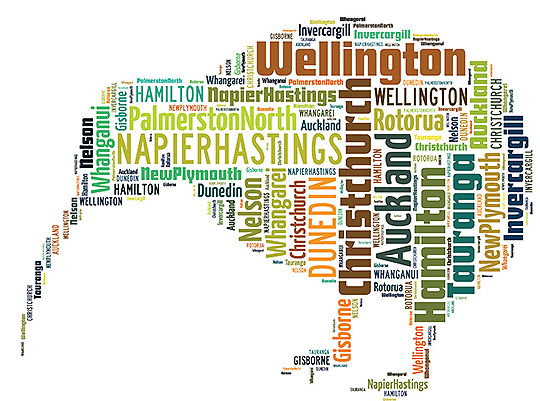
Even with the influx of international retailers, the powerful local retailers in New Zealand and Australia have many advantages over the newcomers. They are experts on the local market and know their consumers. While new companies have to study what makes consumers happy and what their shopping habits and preferences are, the local retail chains already know well the wants and needs of their customers. Another advantage is the major Oceanic retail chains already have a well-established loyal customer base and it is often tough to make consumers switch stores they have been shopping at for years for something new.
This dramatic growth of house brands in Australia did not come without a backlash however. Manufacturers of 3rd and 4th tier brands began to see their shelf space reduced or eliminated in favor of private label products Accusations of trademark infringement were made against the retailers. Stories began to appear in the press asking if store brands were causing Australians to lose their jobs and limiting the choice Australian consumers had in their local supermarkets. These and other complaints were made to Australian Competition & Consumer Commission (ACCC), which prompted them to investigate the situation to see if the claims were true.
Late last year after negotiations, Coles and Woolworth’s, which control 70% of Australian supermarket sales, agreed to a new code of conduct and voluntary moves to help settle the controversy. This new code of conduct included new agreements with suppliers and promises to make sure their house brands did not violate any intellectual property of national brands.
Despite the negative attention given to home brands consumers have not abandoned the products they had grown to like. Private label sales continued to grow and shopper views of store brands remain positive. As retailers have invested time and energy on their home brands and have worked with suppliers to make great products, New Zealand and Australian consumers have learned, as many others have around the world, the many advantages of high quality, low priced products.


